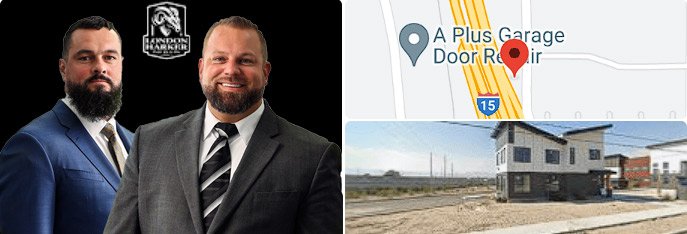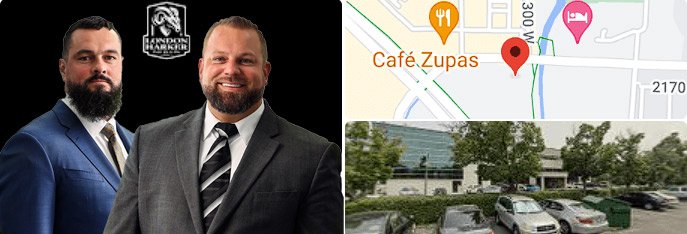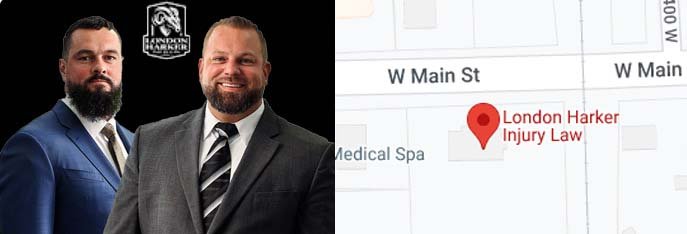Losing a loved one is heartbreaking, and when that loss is caused by someone else’s negligence, it’s natural to seek justice. In Utah, wrongful death claims provide families a legal path to hold responsible parties accountable and obtain compensation. However, proving negligence is a critical—and often complex—part of these cases.
This guide explains how to prove negligence in Utah wrongful death lawsuits, the types of evidence needed, and why working with an experienced attorney is vital for success.
Understanding Negligence in Utah Wrongful Death Cases
In Utah, wrongful death claims require showing that the defendant’s negligent or wrongful act directly caused your loved one’s death.
Utah Code § 78B-3-106 defines wrongful death as a death resulting from a wrongful act, neglect, or default.
The Four Essential Elements of Negligence
To succeed, your case must establish all four legal elements:
Duty of Care
The defendant owed a legal responsibility to act with reasonable care to avoid harming others. For example, drivers must obey traffic laws, medical providers must follow professional standards, and property owners must maintain safe premises.
Breach of Duty
The defendant failed to fulfill that duty by acting negligently—such as speeding, medical malpractice, or failing to repair hazardous conditions.
Causation
You must prove that the defendant’s breach of duty directly caused the death. This means showing a clear link between the negligent act and the fatal injury.
Damages
The death caused measurable harm, including financial losses and emotional suffering for surviving family members.
Burden and Standard of Proof in Utah Wrongful Death Cases
Wrongful death claims are civil cases, so the plaintiff must prove negligence by a preponderance of the evidence—meaning it is more likely than not (>50% chance) that the defendant caused the death.
This standard is less strict than criminal cases, which require proof “beyond a reasonable doubt,” but still requires strong, credible evidence.
Types of Evidence Used to Prove Negligence
Gathering compelling evidence is crucial. Some common types include:
Police and Accident Reports: Official documents detailing the incident scene and findings.
Medical Records and Autopsy Reports: Documentation of injuries, cause of death, and treatment.
Eyewitness Testimonies: Statements from those who saw the accident or incident.
Video or Photographic Evidence: Dashcam footage, security cameras, or photos capturing the event or conditions.
Expert Witness Testimony: Specialists like accident reconstructionists, medical professionals, economists, and engineers who can explain technical aspects.
Financial Documents: Records proving lost income, medical bills, and other economic damages.
Comparative Negligence and Shared Fault in Utah
Utah follows a comparative negligence rule under
Utah Code § 78B-5-818. This means if the deceased was partially at fault for the incident, the compensation amount will be reduced by that percentage of fault.
Example: If the deceased is found 30% responsible, and damages are $500,000, the award reduces to $350,000.
This makes accurately proving fault critical to maximize compensation.
Challenges in Proving Negligence
Some common hurdles include:
Conflicting Witness Statements: Differing accounts can complicate the facts.
Lack of Physical Evidence: Missing or destroyed evidence weakens the case.
Delayed Reporting or Investigation: Time gaps can hinder fact-finding.
Complex Medical Issues: Establishing medical negligence requires expert testimony.
An experienced wrongful death attorney knows how to overcome these challenges through investigation and legal strategy.
The Role of Attorneys in Proving Negligence
Hiring a Utah wrongful death lawyer can make a significant difference. They will:
Conduct thorough investigations and gather evidence.
Hire and coordinate expert witnesses.
Use legal tools like discovery and subpoenas to obtain critical documents.
Build a compelling narrative linking negligence to death.
Navigate complex comparative fault issues.
Advocate aggressively for maximum compensation.
Most personal injury attorneys work on a contingency basis, meaning no fees unless you recover.
Learn More and Get Help Today
Proving negligence is the foundation of a successful wrongful death claim in Utah. If you’ve lost a loved one due to someone else’s negligence, contact
London Harker Injury Law for a free consultation. Their experienced team will help you understand your rights and pursue the justice and compensation your family deserves.
For more information, see these related posts:



